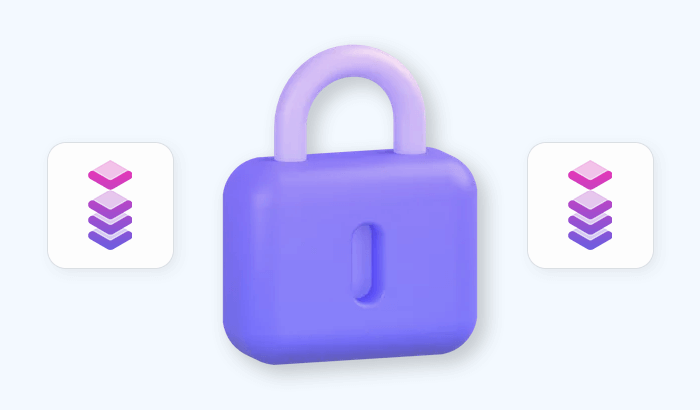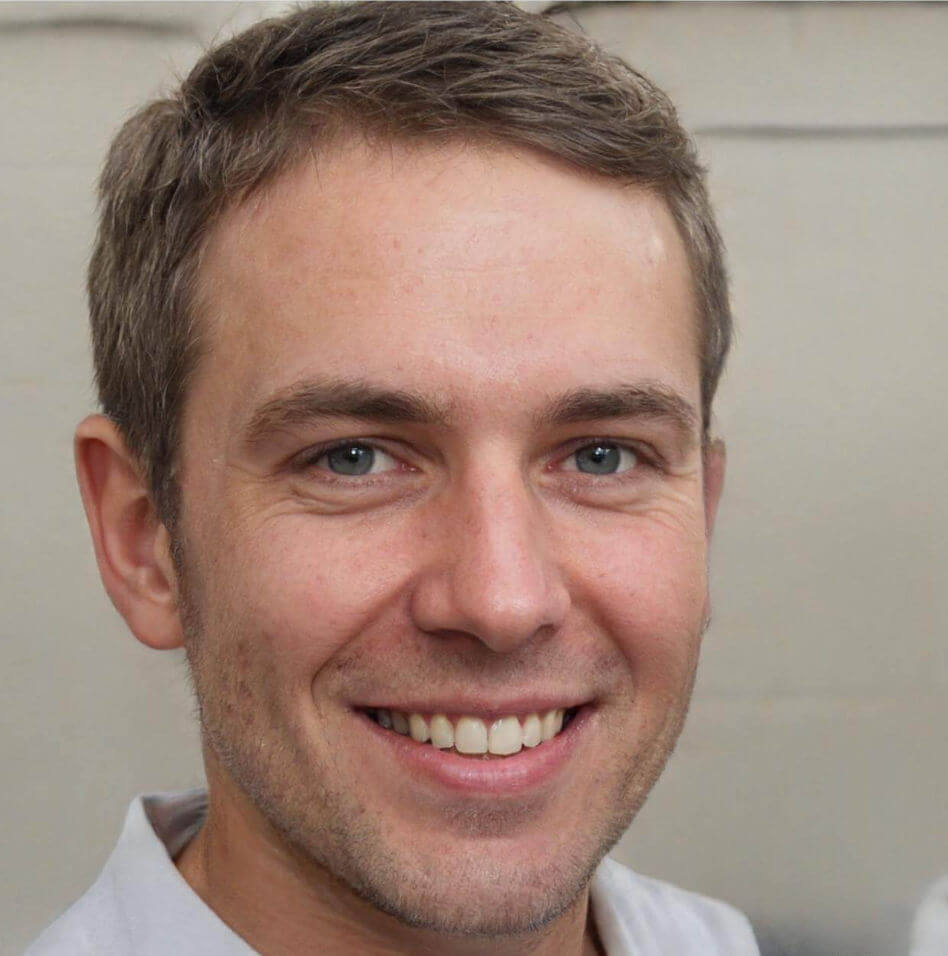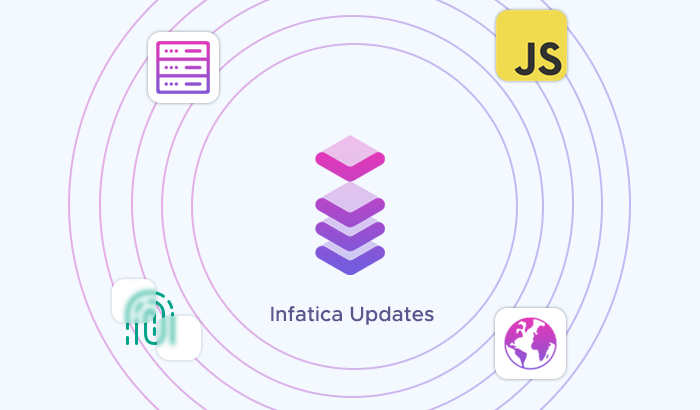

Web scraping is constantly evolving – and so are Infatica’s solutions. To help you extract data more efficiently, securely, and at scale, we’ve rolled out a series of powerful new updates to our web scraper. From real-time JavaScript rendering and streamlined authentication to better anti-detect performance and infrastructure improvements, these features are designed to simplify complex tasks and boost reliability across your workflows. Here’s what’s new – and why it matters:
Scrape Dynamic Content: Render JavaScript Live
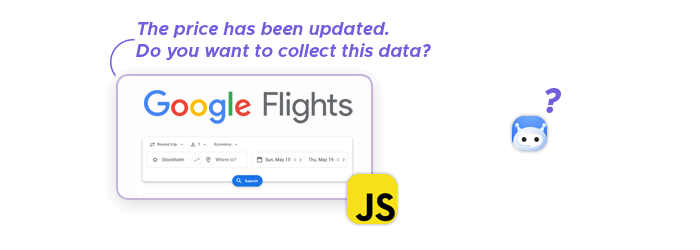
Modern websites often rely on client-side JavaScript to load key content – product listings, prices, user reviews, or even entire page layouts. For traditional scrapers, this presents a major challenge: the HTML you get in the initial response is often incomplete, and critical data only appears after scripts run in the browser.
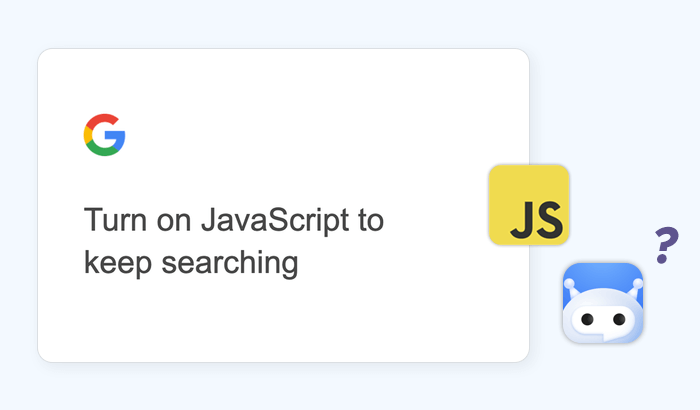
To address this, we’ve introduced the /render endpoint, backed by real browser infrastructure. With a single request, you can now receive fully rendered HTML – just as if you were viewing the page in a real browser.
This means no more bolting on headless browsers, writing custom render logic, or missing out on vital data hidden behind JavaScript. Whether you’re scraping e-commerce sites, travel platforms, or dynamic dashboards, this feature gives you reliable access to complete content with minimal effort.
Cleaner Requests: Header-Based Authentication
Managing API credentials should be simple – but older authentication methods often clutter requests or cause compatibility issues. Passing API keys in the query string or body can expose them in logs and make request structures harder to maintain, especially across different tools and frameworks.

With this update, your API key can now be passed in the X-API-Key header. This cleaner approach keeps your payloads minimal and aligns with the expectations of most modern HTTP clients, libraries, and workflows. There’s no need to adjust your existing authentication logic – just update where the key goes, and you’re ready to go.
Whether you're integrating with custom scripts, frameworks, or third-party schedulers, this update helps keep your requests more secure and easier to manage.
Unified Geotargeting: ISO 3166 Country Codes
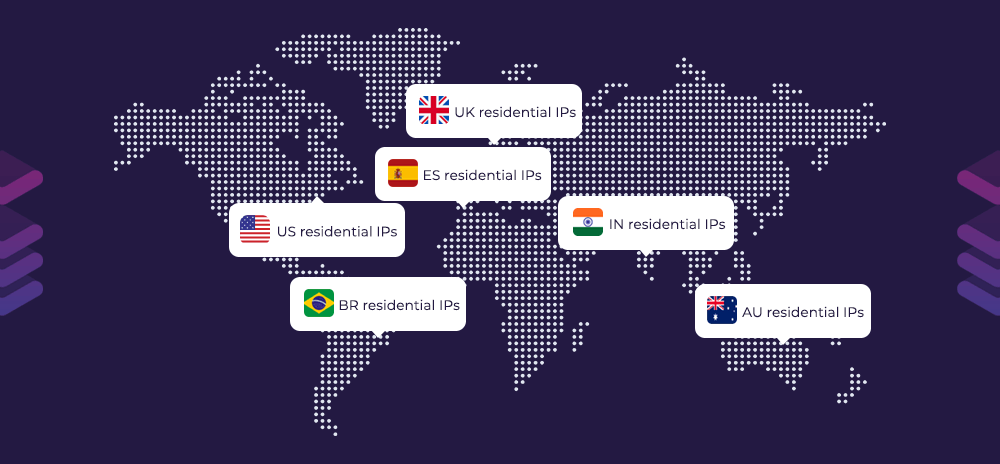
When scraping location-specific data – like regional pricing, localized content, or market availability – accurate geotargeting is essential. But if your tools rely on different formats for identifying countries, switching between systems can introduce unnecessary friction.
To streamline your workflows, our web scraper now supports ISO 3166-1 alpha-2 country codes – the same two-letter format (US, FR, JP, etc.) already used in our proxy network. That means no more mapping between formats or writing conversion functions just to align geotargeted requests across services.
This update makes it easier to build consistent, scalable scraping logic across your stack – so you can focus on extracting insights, not juggling country codes.
Smarter Evasion: Enhanced Anti-Detect Performance

Websites are getting better at detecting automated traffic. From fingerprinting browser attributes to analyzing behavior patterns, modern anti-bot systems can quickly block or throttle scraping attempts that don’t closely mimic real users.
To help you stay ahead, we’ve upgraded our anti-detection mechanisms across the board. These enhancements make your requests appear more human-like – allowing you to bypass stricter detection systems with fewer disruptions. Whether you’re collecting data from high-security platforms or working at scale, this update boosts your reliability and reduces the need for manual workaround strategies.
Built to Scale: Expanded Infrastructure Capacity
When your scraping workloads increase, performance and reliability become critical. High request volumes can strain backend systems, leading to slowdowns, rate limits, or even temporary outages – especially during peak hours.
We’ve scaled up our backend infrastructure to meet growing demand. This upgrade gives you faster response times and improved stability – even under heavy load. Whether you're running a high-frequency data pipeline or scaling a new product, the new infrastructure ensures smoother performance when it matters most.
Start using the updated scraper today or explore our documentation to see what’s changed.









